
Project Hyperion - Phase 1 Submission
Our team has formally completed and submitted our Phase 1 design entry to the Project Hyperion Design competition. This submission encapsulates an integrated and methodical approach to designing a generational starship intended for multi-century interstellar voyages…
Introducing Project Orbital
This project is an expansion of the original blog post from 2020 titled "The Decoupled Orbital". In that post I outlined a method for overcoming the size limitations inherent in rotating space habitats. I have since expanded upon that modest post, recently culminating in the presentation of a research paper at the 2024 International Astronautical Congress in Milan, Italy…
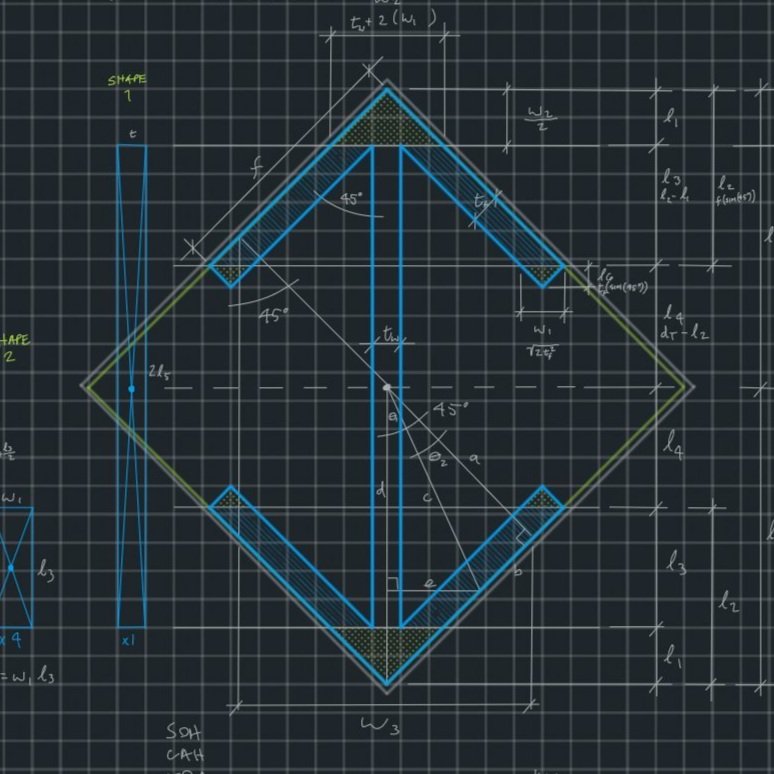
Structural Framework Update — Project Helix
Update on the structural support parameters for Project Helix…
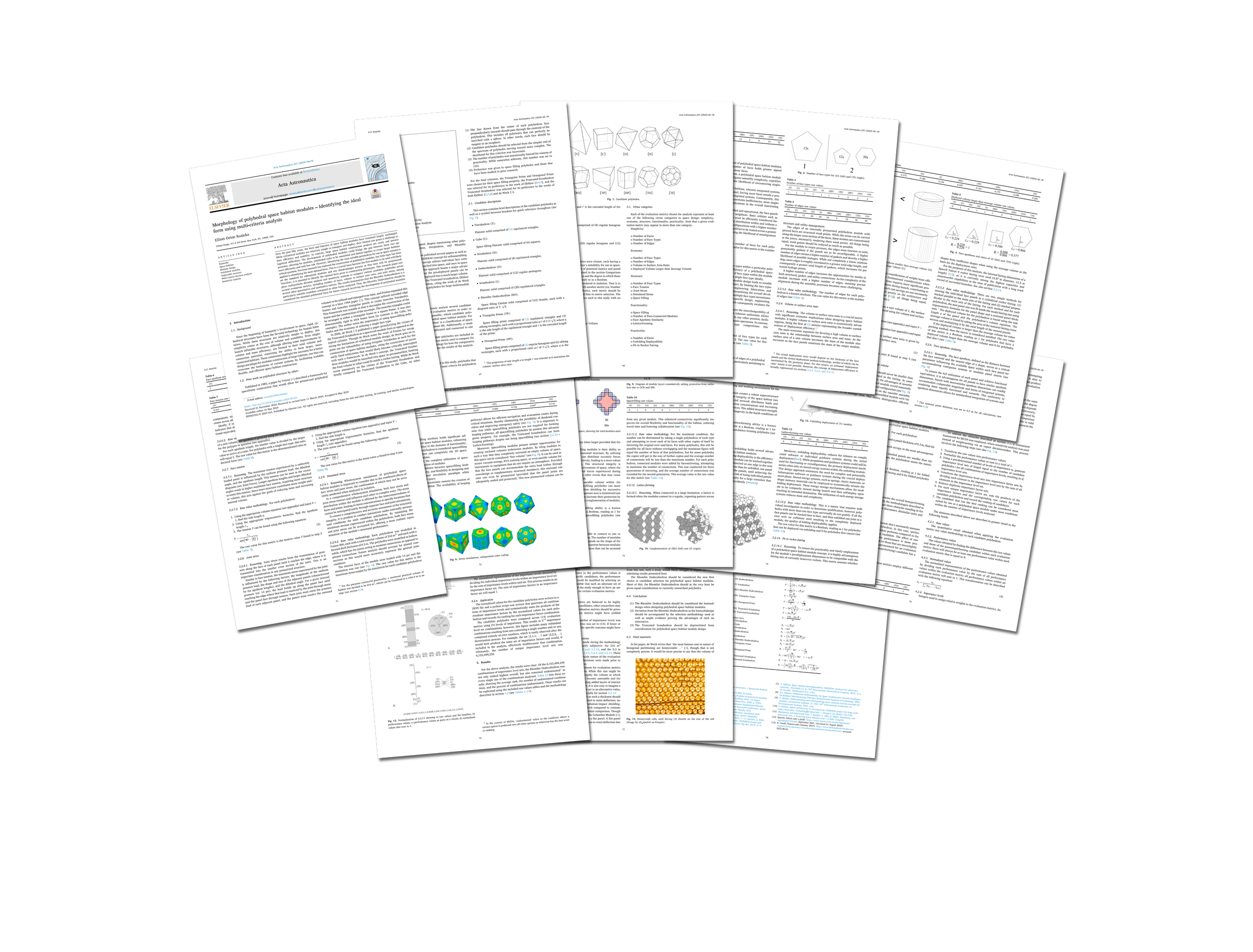
Published in the Journal Acta Astronautica
I'm pleased to announce that my paper Morphology of Polyhedral Space Habitat Modules - Identifying the Ideal Form Using Multi-Criteria Analysis has completed the peer review process and is available online with the following link, free of charge, until July 7th 2024.
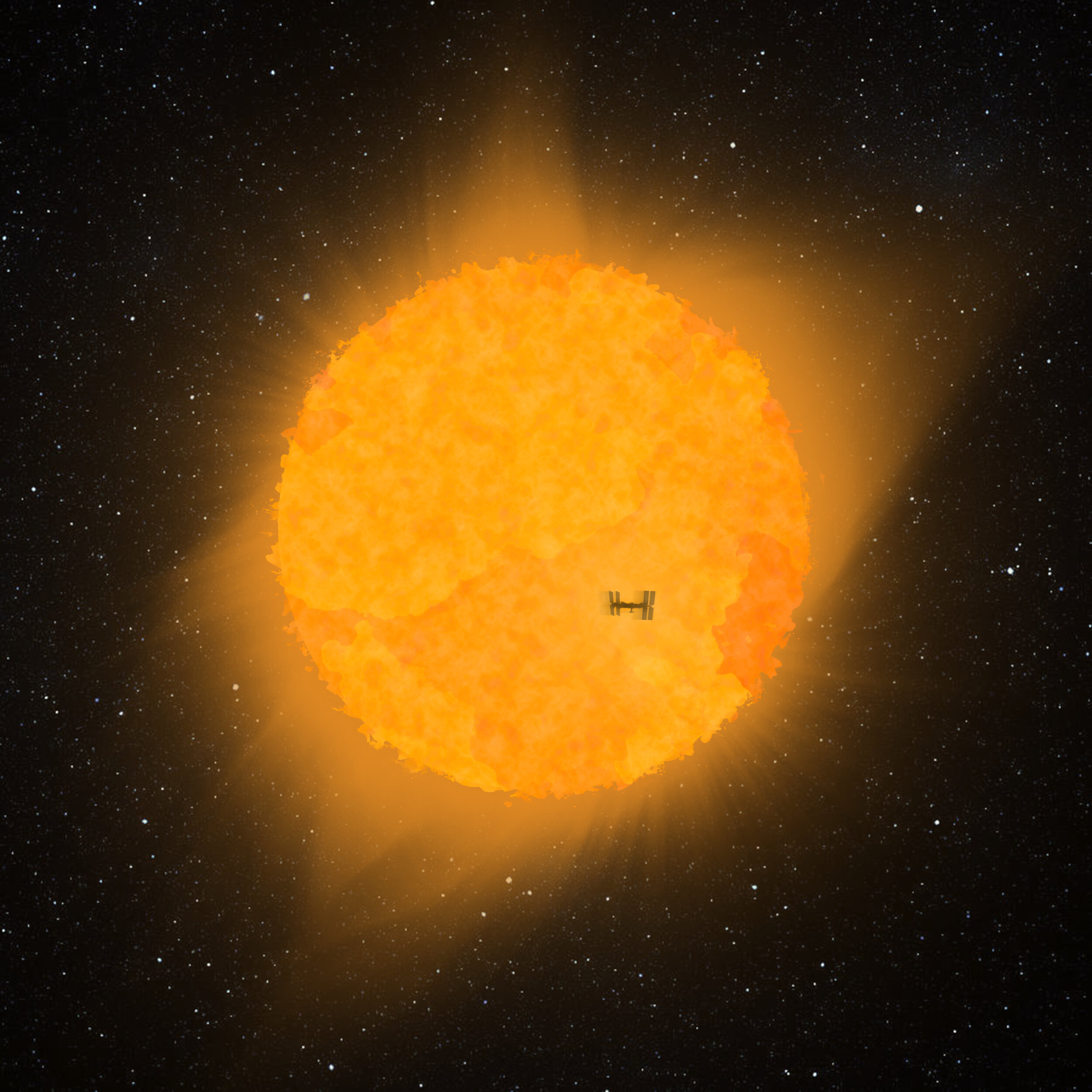
Project Helix Receives Round 1 Funding
I am pleased to announce that Project Helix has received Round 1 funding from the DoraHacks Starship Use Cases Hackathon…
F12 - IAC Baku Paper Available for Download
The Papers page has been updated with the download link to the paper I presented in Baku, Azerbaijan at the 2023 International Astronautical Congress.

F12 Update - Presentation at IAC 2023
I attended the 2023 International Astronautical Congress in Baku, Azerbaijan last week and presented my updated paper (published in the conference proceedings) Morphology of Polyhedral Space Habitat Modules - Identifying the Ideal Form Using Multi-Criteria Analysis.

Project Amoeba
Project Amoeba describes a space station architecture that follows many of the recommendations set forth in the paper ORDER: Space Station for Orbital Debris Recycling (albeit a scaled-up version), in addition to adding a few novel features that could benefit the mission and the people working aboard. The name Amoeba is a metaphor for the station, as the station can be seen as a singular, contiguous-membraned entity that maneuvers through space and swallows up nutrients and subsequently digests them.
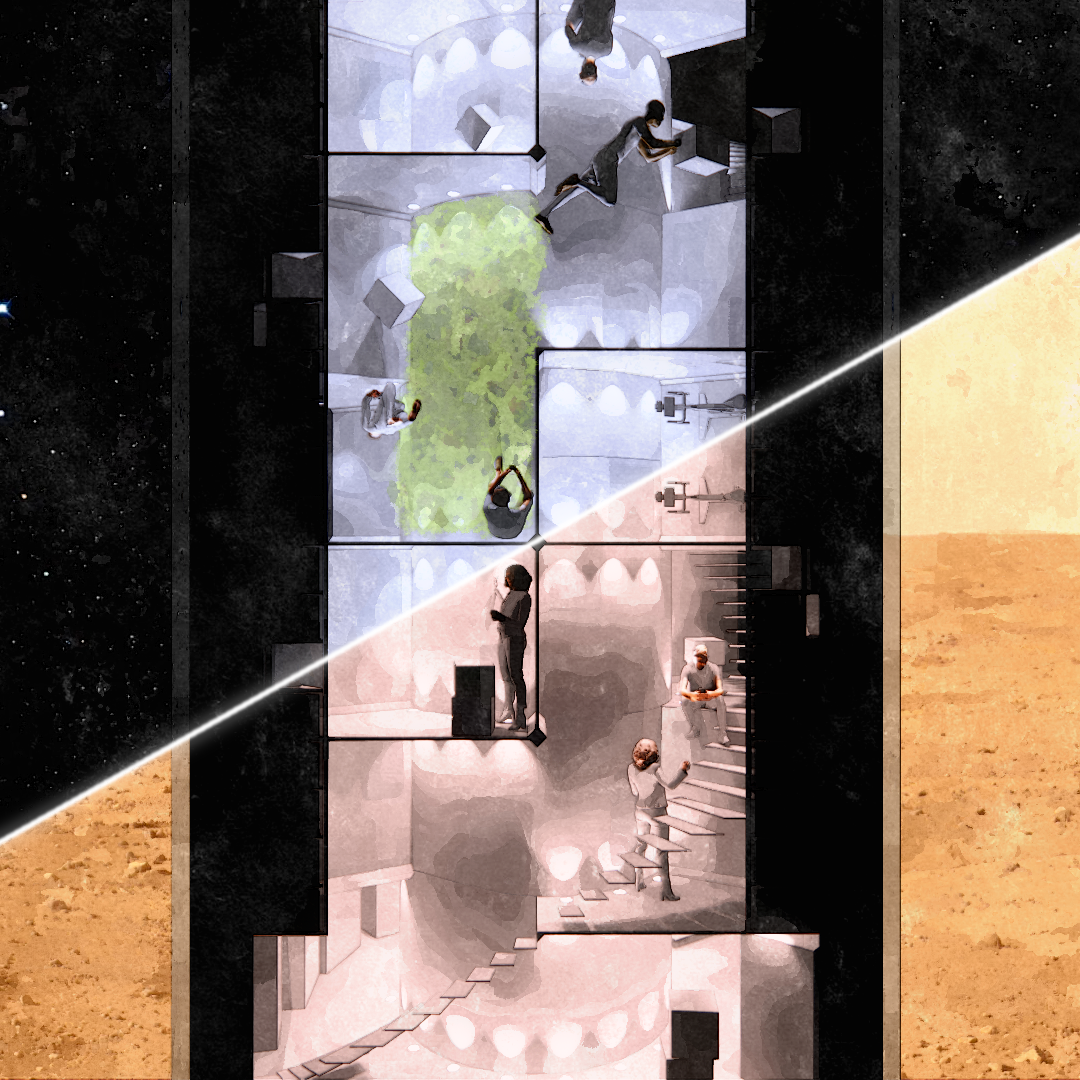
Project Helix - v.2 Update
Following the initial release of Project Helix on 2021.03.22, I received helpful feedback from many redditors on the various subreddits I posted to. After considering the feedback, I’d like to make this new post to share several of the updates, clarifications, modifications, and comments based on this feedback. In this post I will be highlighting a few of the general critiques along with my design response to them in an effort to move the project forward.
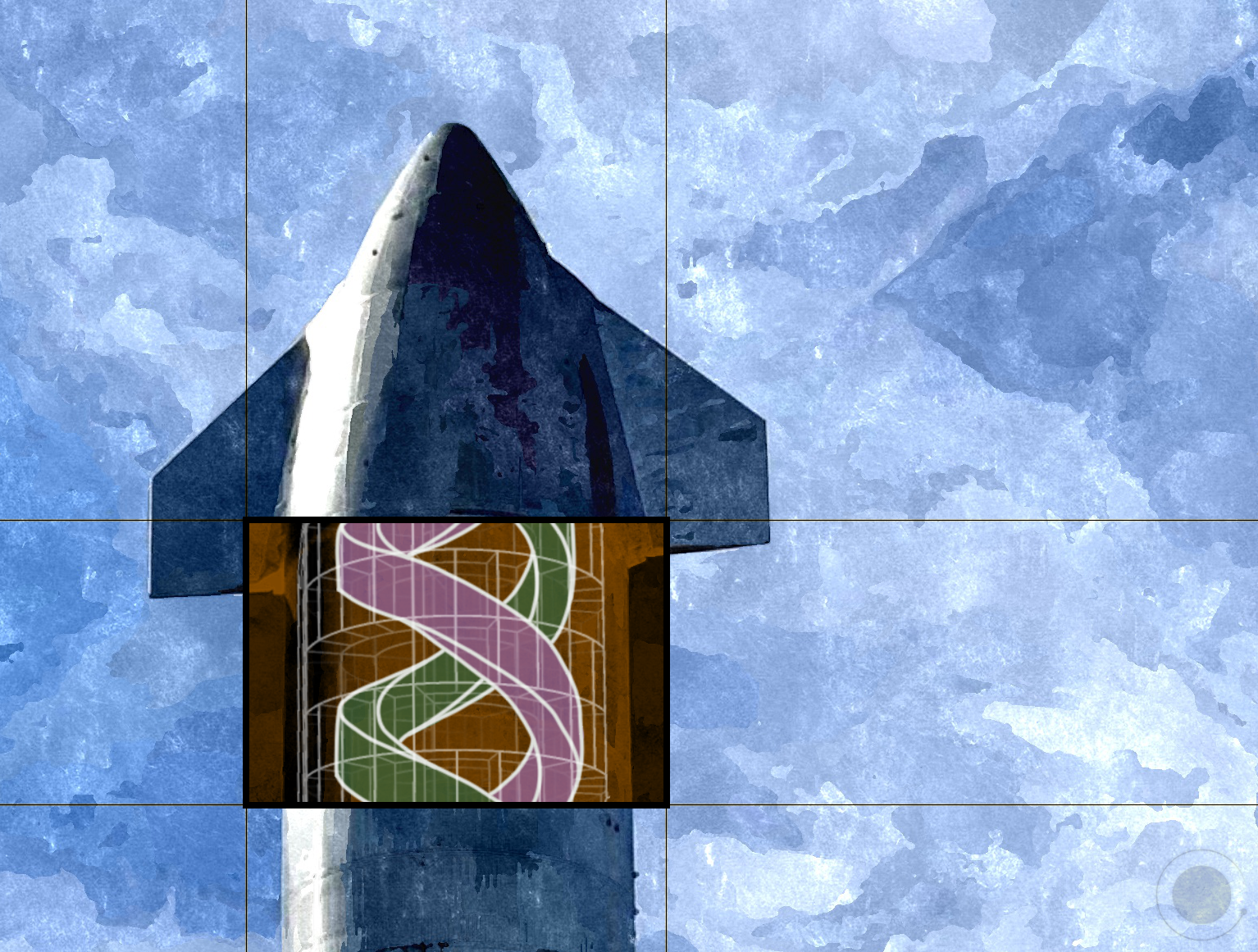
Project Helix
Project Helix is a speculative spatial concept for SpaceX's upcoming human-rated Starship which focuses on practicality, efficiency, and experiential quality.

Project F12
Project F12 explorers the possibilities presented by modular habitat construction using rhombic dodecahedra.

Morphology of Polyhedral Space Habitat Modules
The form and function of semi-permanent space habitats has not much changed in the past fifty years. Large space habitat projects remain logistically daunting and unpalatably expensive, especially for a questionable return on investment.
This paper explores the particularities of various polyhedrons for use in a new kind of space habitat typology. The goals of exploring polyhedral modules are to mitigate many of the hitherto unrecognized drawbacks and limitations of the extant cylindrical habitat typology, implement a flexible system for creating large-volume habitats, and provide a relatively low-risk testbed for large habitat construction in orbit. As noted in this paper, the rhombic dodecahedron stands out as a superior shape in comparison to other comparable shapes when structure, economy, and other geometric considerations are taken together in aggregate.
